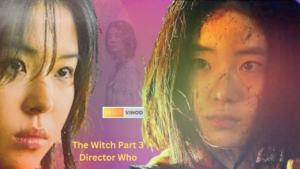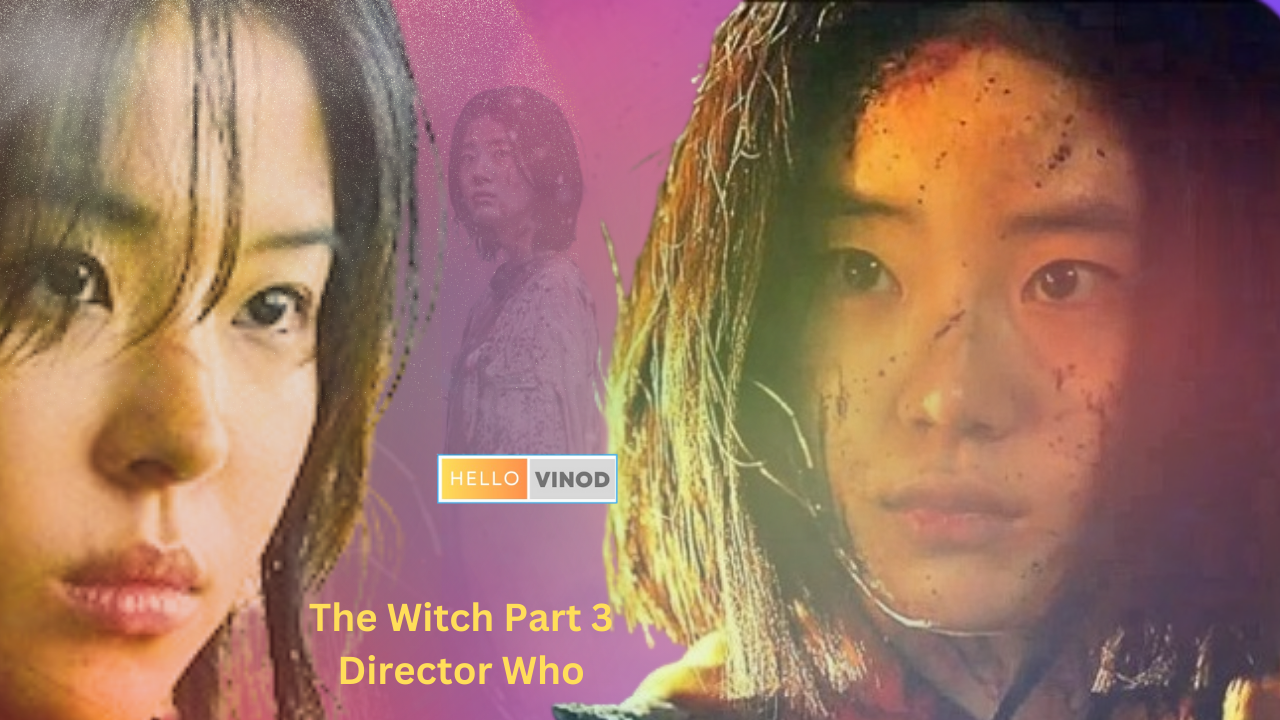The Witch Part 3 a mysterious continuation of the widely praised series, enchants watchers with its strong visual narration notwithstanding its nuanced plot. The Overseer of Photography (DOP) for the film assumes a key part in making a vivid encounter by bringing a hauntingly delightful soul to the screen. Filmgoers are brought into the obscure domain of folklore, dread, and magnificence of The Witch establishment in its peculiar third film. The Witch Part 3 is a much-needed refresher for fans of the extraordinary and frightful types, including convincing exhibitions and an exceptional visual narrating procedure that recognizes it from famous thrillers. This film conveys a vivid encounter that stays with you long after the credits have rolled, because of its creepy air and convincing characters.

The Witch Part 3
A DOP’s work is frequently likened to a painter’s, with each frame serving as a canvas full of minute details and textures. This artistic quality is evident in every frame of “The Witch Part 3,” adding to the unsettling mood that viewers have grown to appreciate. Viewers are immersed deeper into the film’s mysterious universe thanks to the DOP’s skillful use of lighting and composition to create sequences that are both visually striking and thematically meaningful.
It is impossible to ignore the particular ways that framing decisions enhances the narrative in ways that mere words cannot. In addition to establishing the mood, the use of light and shadows captures the characters’ interior conflicts and changes. This visual symbolism encourages viewers to look past what is immediately apparent and stimulates deeper engagement.
Filmgoers are brought into the obscure domain of folklore, dread, and magnificence of The Witch establishment in its masterfully in The Witch Part 3, bringing the story to life for fans of the extraordinary and frightfulness types, including convincing exhibitions as well as an exceptional visual narrating procedure that recognizes it from famous thrillers. This film conveys a vivid encounter that stays with you long after the credits have rolled, because of its creepy air and convincing characters.
The Witch Part 3″ successfully blends traditional techniques with modern innovations in cinematography. This fusion creates an authentic yet fresh aesthetic that respects its predecessors while pushing creative boundaries. The DOP’s ability to balance these elements showcases their expertise and elevates the film above others in its genre.
The depth of the performances in The Witch Part 3 is among the first things that spectators notice. Blood and gore films much of the time risk slipping into all-around worn adages, wherein characters transform into personifications that exist just to add to the story. Fortunately, The Witch Part 3 avoids this mistake by having a cast that genuinely comprehends the emotional gravity of their roles and portrays well-rounded characters.
The entertainers and overseers of photography (DOP) cooperate masterfully in The Witch Part 3, bringing the story to lifeway that appears to be both sickening and exceptionally private. This film is extraordinary because of its points and plot, yet in addition in light of the expertise with which each entertainer and the head of photography have made a tactile encounter that is unrivaled. We will look at the fundamental parts of The Witch Part 3’s amazing artistic accomplishment in this blog, stressing the film’s strong exhibitions and one-of-a-kind visual story that put it aside from other class contributions.
The Witch Part 3 is primarily about the acting and cinematography, yet its story is similarly as significant in separating it from other blood and gore flicks. The account digs further into legends, utilizing ageless and outdated stories and stories. The universe the film fabricates has a profundity to it; it appears to be genuine and loaded with secrets. The gradually moving plot makes it workable for the dread to assemble bit by bit, attracting the watcher before the full extent of the misfortune is made evident.
The lead actor’s portrayal of a person divided between the mundane world and the paranormal is evidence of the need for nuance in horror films. The show is distinguished by a subtle approach, rather than depending on oversized emotions or overdone facial expressions. The internal conflict, the nagging worry, and the gradual slide into paranoia are all palpable to the viewer. This representation is a masterpiece in how to express dread not via spectacle, but through restraint. It’s what gives the character’s journey credibility and enables the viewer to feel a strong sense of empathy even as the narrative deviates into darker areas.
The capacity of the cinematography in “The Witch Part 3” to arouse feelings and heighten suspense through composition, lighting, and camera movement is what makes it a masterwork. Every scene is painstakingly designed to further the story and draw viewers farther into its eerie world. The color schemes, which are frequently subdued but powerful, enhance the narrative by conveying both thematic undertones and character growth.
The musical composition and sound design of The Witch Part 3. The movie’s sound design is just as important to its mood as its pictures; every rustle, creak, and whisper heightens the sensation of unease. The sparse, eerie music that makes up the soundtrack never overtakes the action on screen. Rather, it enhances the images, frequently blending into the background and then bursting into action at crucial junctures to up the suspense.
The Witch Part 3″ is a wonderful example of how the cooperation of gifted artists can produce a cinematic experience that’s not simply entertaining but also an investigation of fear itself, all encased in captivating imagery. This film offers an exciting voyage through actual and metaphorical shadows for people who enjoy movies where every frame counts just as much as every spoken word.
The Witch Part 3 is a film that exhibits the capacity of entertainers and chiefs to cooperate to deliver something truly unique, in addition to another repulsive picture. The plot is loaded with temperament and pressure, the acting is nuanced and grounded, and the photography is stunningly beautiful. This film aces the method of making pressure by using each instrument available to it entertainers, cinematography, and sound plan to make an important survey insight.
FAQ :

